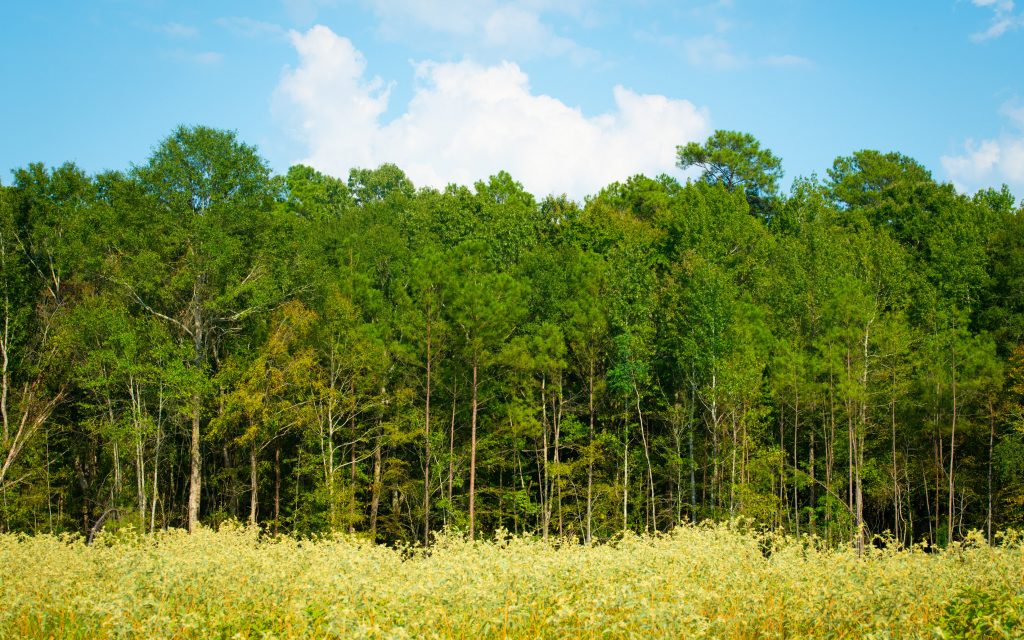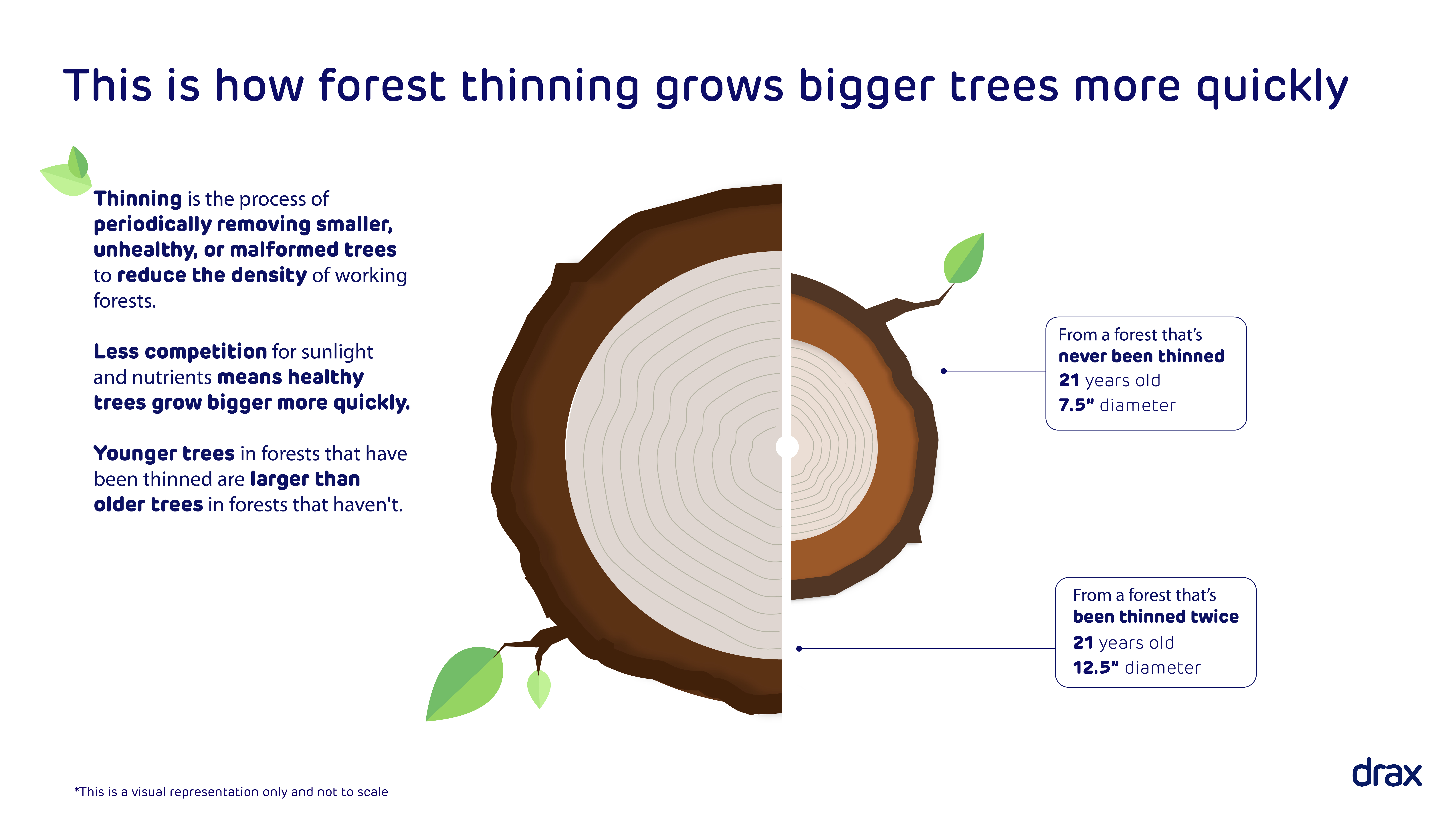View translated versions [PDFs]:
Key takeaways:
- Misunderstandings about the role primary woody biomass plays in providing secure, reliable and renewable power will have negative and material impacts across Europe and around the world.
- European Parliament proposals to introduce a subsidy ban on utilising sustainably sourced, harvesting residues are deeply flawed and will have negative impacts on Europe’s energy security and climate targets.
- Biomass should not be sourced from high-quality, high-value sawlogs. EU policy making on primary woody biomass should ensure this is the case while being careful not to restrict good sources of biomass, including harvesting residues and other by-products generated during the sustainable management of forests for these higher value products.
- Forest thinning and regeneration harvests (e.g. clear-cuts) generate low-value fibre that can’t be used for solid wood products but that must be removed to ensure forests remain healthy and productive.
- Clearcutting is a well-accepted regeneration technique used to encourage the redevelopment of forests which need full sunlight to grow. This type of regeneration is particularly suited to maintaining certain forest types found in North America, from where the EU receives 2.1 million tonnes of wood pellets a year.
- Biomass is the lowest value product coming from a forest harvest: it does not dictate harvest practices and only uses by-products.
- Without markets for low-grade or low-value wood, landowners struggle to manage healthy productive forests and the prevalence of pests, disease, forest fire, and land-use change are increased.
Introducing restrictions to reduce the use of primary woody biomass and clear-cuts will not stop harvesting from taking place because harvesting is primarily driven by long-lived, solid wood product sectors. Instead, such restrictions may result in a reduction in markets for the low-grade by-products of the timber industry that will in turn lead to forest degradation and loss.
Biomass is the EU’s largest source of renewable energy by some distance. In 2020, solid biomass – woodchips, pellets, and renewable waste materials – accounted for ~40% of the final consumption of renewable energy.
Solid biomass, like wood pellets, comes from low-grade or low-value wood from actively managed working forests. The sale of this wood provides a vital revenue stream for landowners practising sustainable forest management. But proposed changes to the EU’s Renewable Energy Directive (RED III) will lead to unintended consequences for sustainable forestry and the energy sector.
An incentive for active forest management
The low-quality or low-value wood used by the biomass sector includes sourcing from practices like thinning – periodic felling of a proportion of the trees in a forest to promote healthy, vigorous growth of the remaining trees. Thinning is an important element of active forest management. Fewer trees mean less competition for light, water and nutrients so the remaining trees can reach sawtimber-size sooner, increasing the landowner’s return on investment and contributing to long-term carbon storage in solid wood products.
Thinning also improves forest health and biodiversity. Removing weaker and diseased trees, which are more susceptible to disease and pest infestation, contributes to a more resilient forest. Greater levels of sunlight hitting the forest floor stimulate a more diverse herbaceous layer, which in turn supports a number of endemic wildlife species.
Clear-cuts are another common and important sustainable forest management practice: it is a myth that the act of clearcutting is unsustainable. Clear-cuts are an accepted regeneration technique used in Europe and North America. The practice is guided by science and mimics natural disturbance events such as wildfire and storm damage. It is crucial for forest types which require full sunlight to regenerate and grow and helps prevent forest degradation that would otherwise occur if only weaker trees were left in the forest to regenerate. In addition, clear-cuts regeneration plays a vital role in habitat diversity, supporting a suite of species which thrive in this early successional habitat. In many situations clear-cuts set the stage for stronger forest regrowth and are essential for maintaining landscape-level diversity.
Clear-cuts generate low-value fibre that can’t be used for solid wood products but that must be removed to ensure forests remain healthy and productive.
The European Parliament proposals under RED III would confusingly put both valuable sawlogs and low-grade wood under the EU classification of ‘primary woody biomass’
The proposal would also place extreme restrictions around how energy produced using primary woody biomass is accounted for in progress towards renewable energy targets. This will negatively impact the market for low-value wood and in turn, reduce economic incentives to sustainably manage forests. Proposals to introduce a cap and “phase down” of this type of material will stunt the entire growth of the sector, which is at odds to widely held views globally that demand for sustainable biomass will increase towards 2050.
Why markets matter
Without a market for lower quality or lower value wood, there is less incentive to manage forests sustainably. This increases the risk of pests, disease and wildfire, and compromises the long-term health of the forest. Wood that would be removed through thinning or final harvest, for example, may be left to rot on site or be burned.
In British Columbia, forest owners must, by law, dispose of waste wood, meaning millions of tonnes are burned, releasing an estimated 3 million tonnes of CO2 a year into the atmosphere.
The biomass sector has long operated in Europe and North America; regions where deforestation is currently not a threat to working forests even with the sustained use of biomass which might become categorised as ‘primary woody biomass’.
Through sustainable management the US South, where Drax sources around a third of our biomass, saw annual forest growth increase by 112% between 1953 and 2015, while forest coverage increased by 108%.













